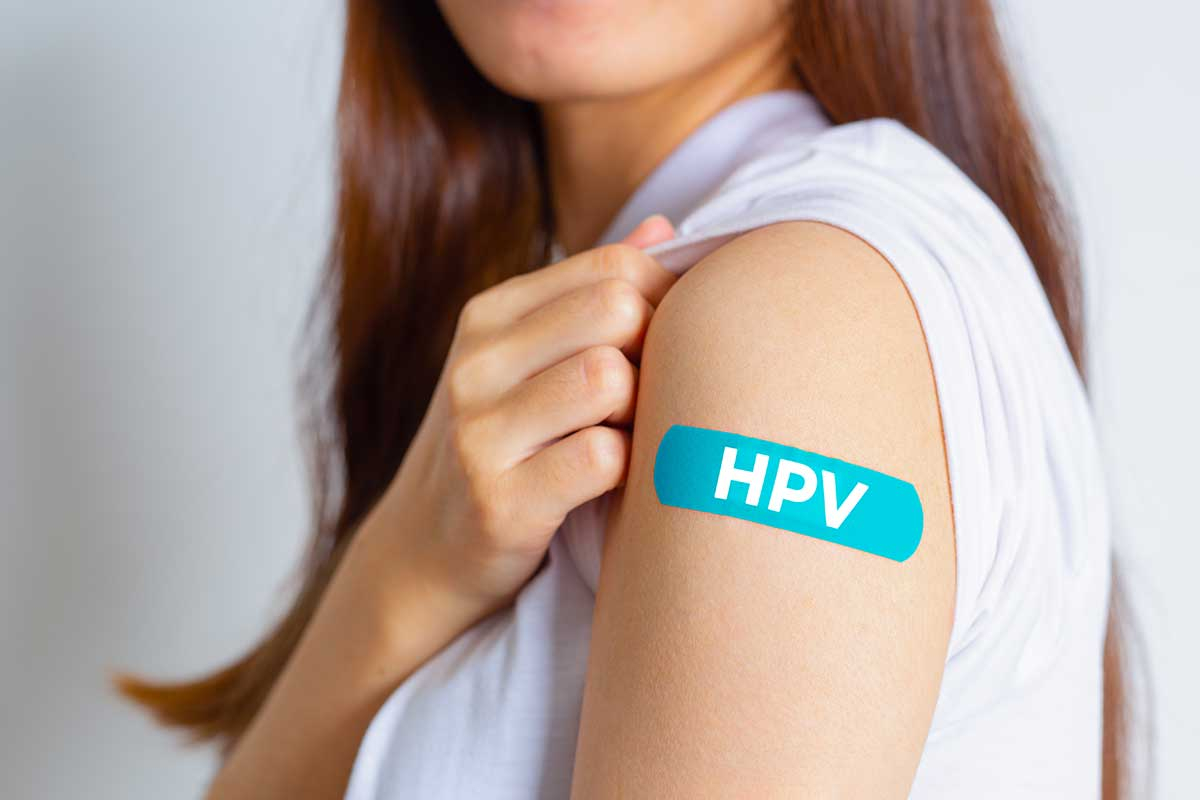What is HPV, Causes and Symptoms
HPV, or human papillomavirus, is one of the most common sexually transmitted infections worldwide. Understanding HPV, its causes, and symptoms is crucial for effectively preventing and treating this condition. In this article, Clinic Consultation provides detailed information about HPV, its causes, symptoms, and prevention methods.
What is HPV?
Definition of HPV
HPV is a virus that affects the skin and mucous membranes of the human body.
Key Characteristics:
- Variety of Types: There are over 200 types of HPV, with around 40 capable of infecting the genital area.
- Transmission: The virus is primarily transmitted through sexual contact, including vaginal, anal, and oral sex.
Clinic Consultation highlights the importance of understanding that HPV can infect both men and women, regardless of age.
How HPV Affects the Body
HPV can cause various health conditions, from genital warts to cancer.
Impacts of HPV:
- Genital Warts: Caused by low-risk types of HPV, they are generally not dangerous but can be bothersome.
- Cancer: High-risk types of HPV are associated with cervical cancer, as well as cancers of the throat, penis, anus, and vulva.
Recognizing the different impacts of HPV is essential for seeking appropriate treatment and avoiding serious complications.
Causes of HPV
Sexual Transmission
The primary way HPV is transmitted is through sexual contact.
Risk Factors:
- Multiple Sexual Partners: Having multiple sexual partners increases the risk of contracting HPV.
- Skin-to-Skin Contact: The virus is transmitted through direct contact with infected skin, which can occur even without penetration.
Clinic Consultation recommends safe sexual practices, such as using condoms, to reduce the risk of infection.
Non-Sexual Transmission
Although rare, non-sexual transmission of HPV is also possible.
Other Transmission Methods:
- Mother to Baby: HPV can be transmitted from an infected mother to her baby during childbirth.
- Indirect Contact: Contaminated objects, like towels or underwear, can, in rare cases, transmit the virus.
Understanding all transmission methods helps in adopting more comprehensive prevention measures.
Symptoms of HPV
Visible Symptoms
HPV symptoms can vary depending on the type of virus and the area infected.
Common Symptoms:
- Genital Warts: Small bumps in the genital area that can be flat, cauliflower-shaped, or vary in size.
- Oral Lesions: Warts in the mouth or throat, which can cause discomfort or pain.
Clinic Consultation emphasizes that not all HPV types cause visible symptoms, making regular screening vital.
Cancer-Related Symptoms
High-risk HPV can lead to the development of cancers in various parts of the body.
Warning Signs:
- Cervical Cancer: Can be asymptomatic initially, but may progress to cause irregular vaginal bleeding, pelvic pain, and pain during intercourse.
- Throat Cancer: Can cause persistent sore throat, difficulty swallowing, and lumps in the neck.
Early detection is crucial for the effective treatment of HPV-associated cancers.
Diagnosis and Treatment of HPV
Diagnosis
Diagnosing HPV typically involves clinical and laboratory tests.
Diagnostic Methods:
- Pap Smear: Detects cellular changes in the cervix that may indicate HPV.
- HPV Test: Detects the presence of the virus's DNA in cells collected from the cervix.
Clinic Consultation recommends regular screening for women, especially those over 30.
Treatment
Although there is no cure for HPV, treatments aim to manage symptoms and prevent complications.
Treatment Options:
- Wart Removal: Can be done through topical medications, cryotherapy, or surgical procedures.
- Cancer Treatment: Includes surgery, radiation therapy, and chemotherapy, depending on the location and stage of the cancer.
Regular follow-ups with a healthcare professional are essential to monitor and treat HPV effectively.
Prevention of HPV
Vaccination
Vaccination is one of the most effective ways to prevent HPV infection.
Available Vaccines:
- Gardasil and Cervarix: Protect against the types of HPV that cause most cervical cancers and genital warts.
- Recommendations: Vaccination is recommended for boys and girls starting at age 9.
Clinic Consultation emphasizes the importance of following the recommended vaccination schedule for effective protection.
Safe Sexual Practices
Adopting safe sexual practices is crucial to prevent HPV transmission.
Prevention Tips:
- Use Condoms: While they do not eliminate the risk completely, condoms significantly reduce the chance of transmission.
- Limit Number of Partners: Reducing the number of sexual partners decreases exposure to the virus.
Education on safe sexual practices is essential for preventing HPV infection.
HPV is a common infection, but understanding its causes, symptoms, and prevention methods can significantly manage and reduce the associated risks. Clinic Consultation is committed to providing accurate information and resources to help prevent and treat HPV.
Frequently Asked Questions
1. What is HPV? HPV is the human papillomavirus, an infection that can cause genital warts and is associated with various types of cancer.
2. How is HPV transmitted? Mainly through sexual contact, but it can also be transmitted from mother to baby during childbirth or, rarely, through contaminated objects.
3. What are the symptoms of HPV? Symptoms include genital warts, oral lesions, and signs of cancer like irregular vaginal bleeding or persistent sore throat.
4. How is HPV diagnosed? Through clinical exams such as Pap smears and HPV tests that detect the presence of the virus.
5. Is there a cure for HPV? There is no cure, but symptoms can be managed, and complications prevented with proper treatment and vaccination.
